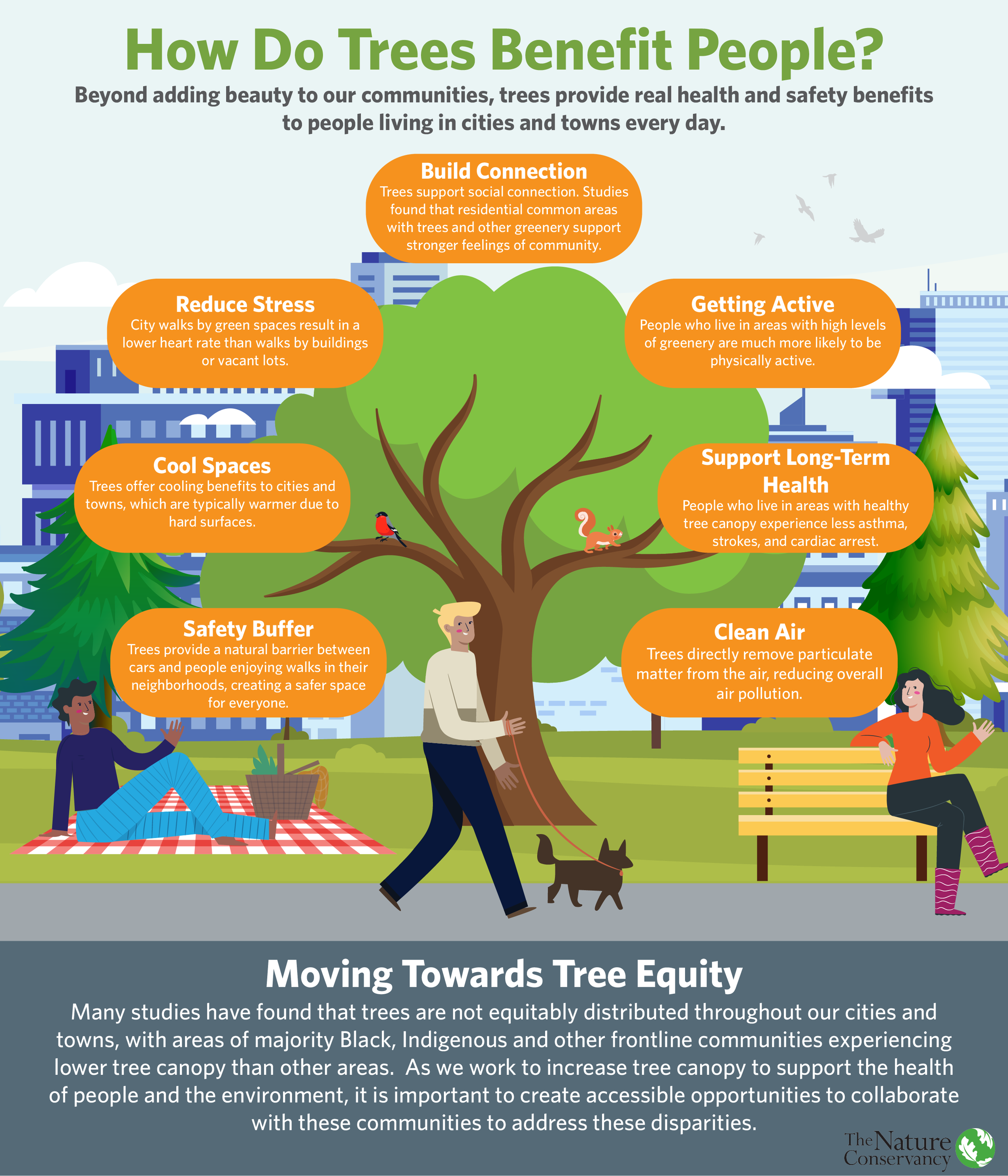By Eric Delvin, Emerald Edge Program Director
The Seattle seawall hasn't only been a barrier to keep water from seeping into the ground beneath the city; it's also been a barrier for salmon prosperity. But this is changing, and I recently got a fisheye's perspective on the evolving seawall.
On a sunny afternoon in Seattle, a group of about 15 people from Friends of Waterfront Seattle, Port of Seattle and others — with support from REI — took a kayak tour of the new Elliot Bay Seawall and Pier 66 Habitat Enhancements. We were joined by University of Washington scientist Jeff Cordell, who explained some of the research that he, Jason Toft, and their students have been doing over the past decade to help understand and inform better planning and waterfront construction in Elliot Bay.
The seawall now has a number of features that make it more friendly for young salmon traveling out of the Duwamish River, through Puget Sound and out to the Pacific Ocean. The seawall is no longer a flat concrete wall. Instead, it is a highly textured surface with crevices and projecting fins and overhangs that promotes the growth of algae, barnacles, mussels and the tiny crustaceans that young salmon like to eat.
And young salmon, as it turns out, are afraid of the dark. They are also afraid of deep water — that’s where predators lie in wait. So, the piers cause a delay in their seaward migration. They won’t go under because of the dark, and they won’t go around because of the predators. They can circle for hours between the piers, losing valuable feeding hours and spending time in highly polluted waters.
The newly designed seawall project helps these issues, as the sidewalk above is inlaid with glass blocks that allow light through. This helps the salmon move across the waterfront quickly, avoiding predators, increasing feeding opportunities and decreasing pollution exposure time.
The habitat biologist from the Port of Seattle gave us an informative historical perspective on the transformation of the waterfront over the last 150 years from a natural estuary to one of the most developed and busy ports in the nation. It was an unique experience to kayak through and under the infrastructure of the city.
One of the things that struck me from the trip is the incredible resilience of salmon — we saw many juvenile salmon as we paddled beneath the dark piers and buildings. It was encouraging to see the seawall design and, in general, the efforts we are making as a society toward making our cities more livable for everyone, including salmon.
It is too soon to say if the seawall will operate as they are hoping. Jeff Cordell is concerned that there is not enough light making its way through the sidewalk glass blocks. But it is encouraging all the same. Time and ongoing scientific investigation will tell us if the new wall and waterfront features are working for salmon.
The Nature Conservancy in Washington’s Cities program is working closely with Friends of Waterfront Seattle to think about how we can reimagine Seattle’s waterfront as a place that is good for people and nature. I was proud to represent the Conservancy on the trip and it was gratifying to know that our Cities team has their sleeves rolled up to make our best contribution to a better Seattle in the future.



























